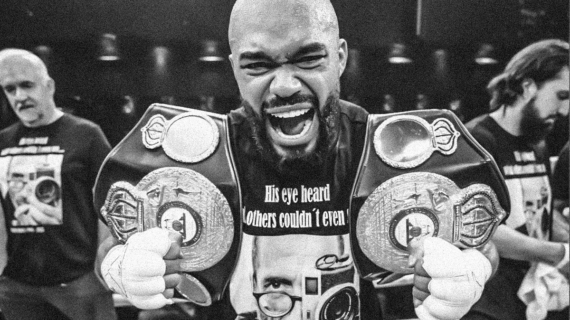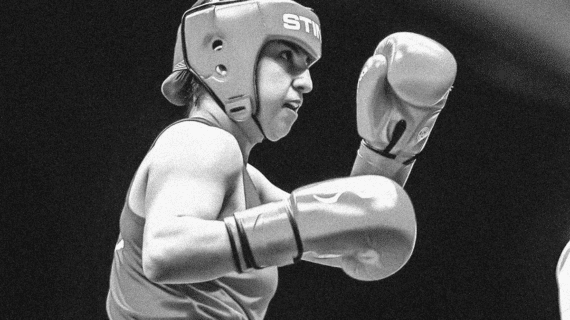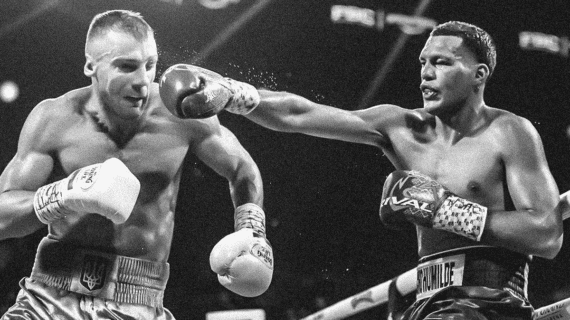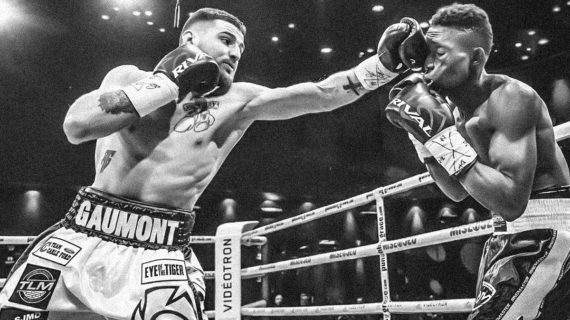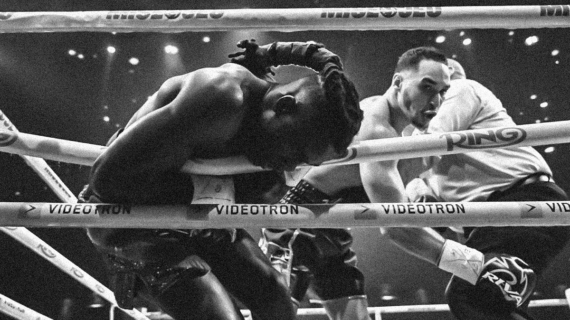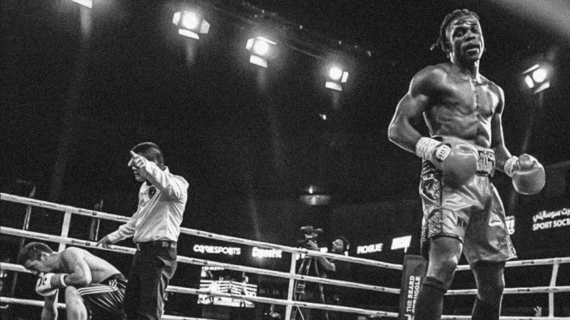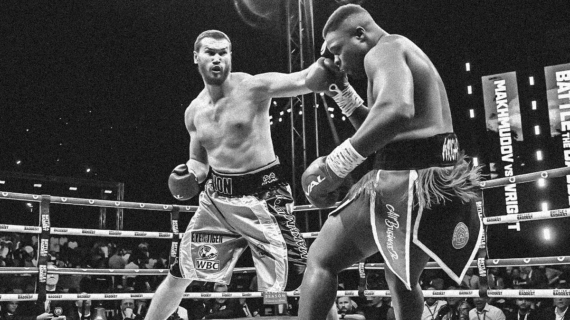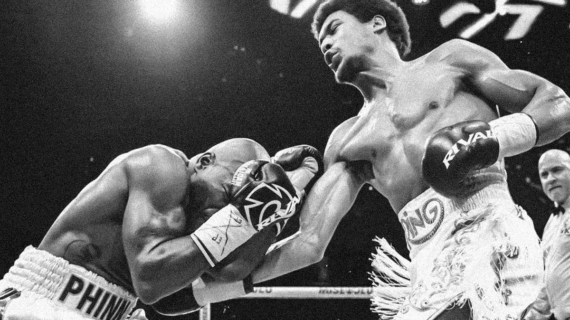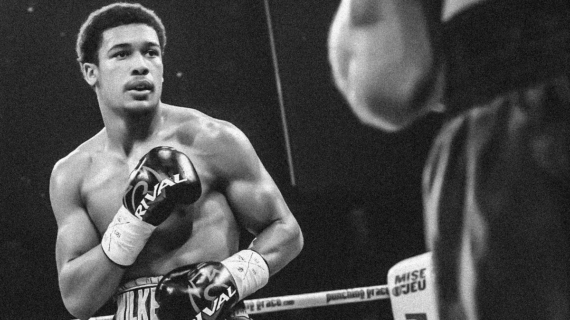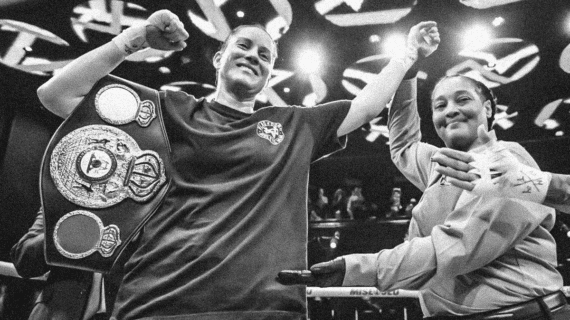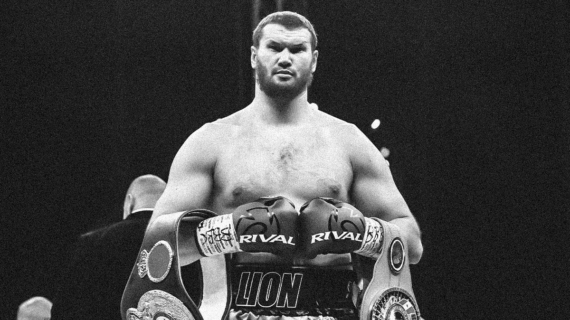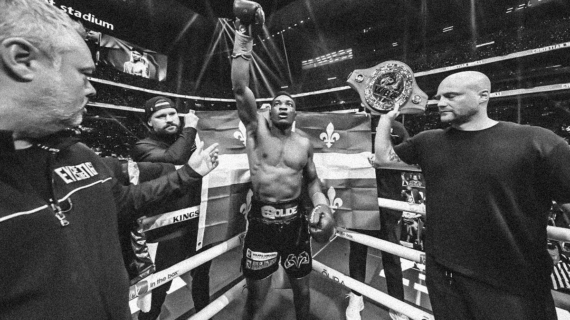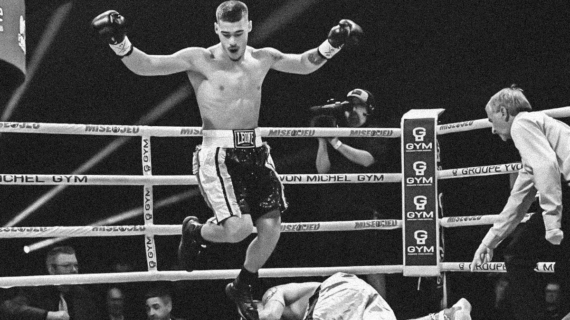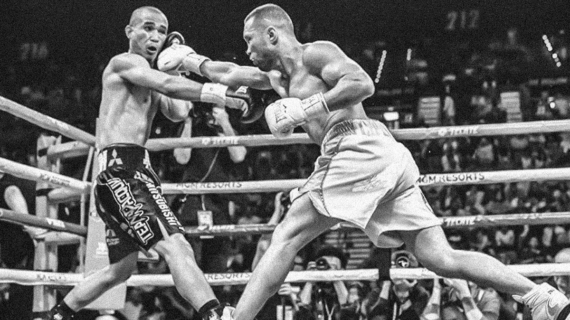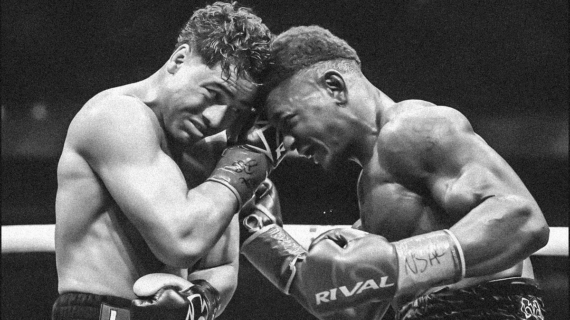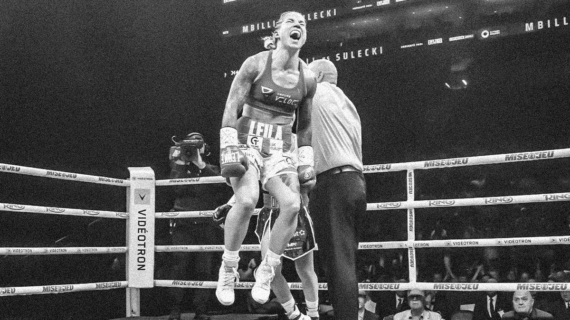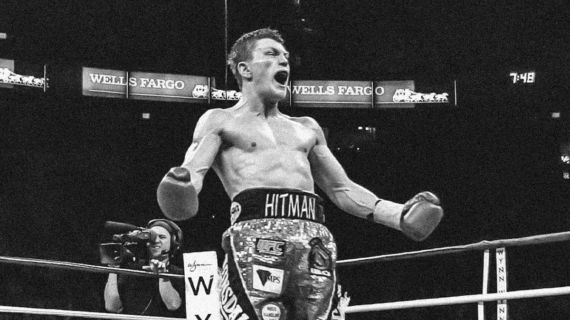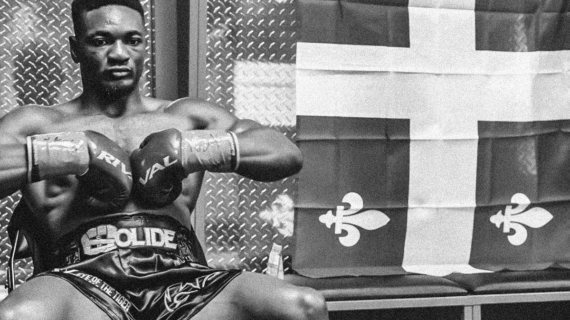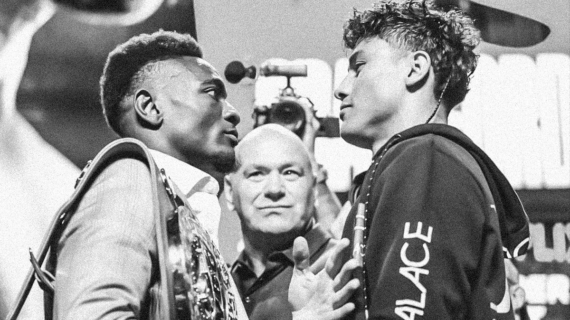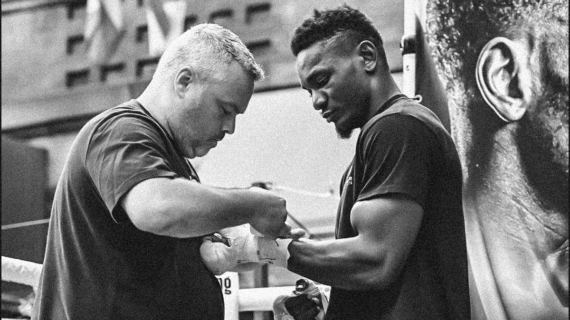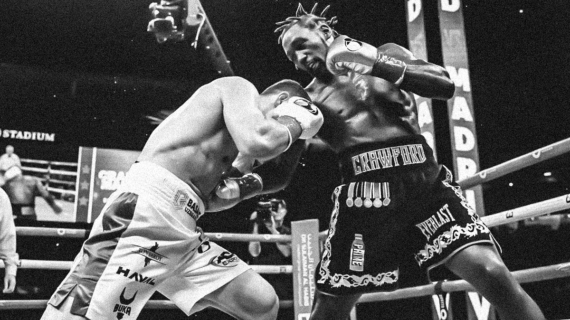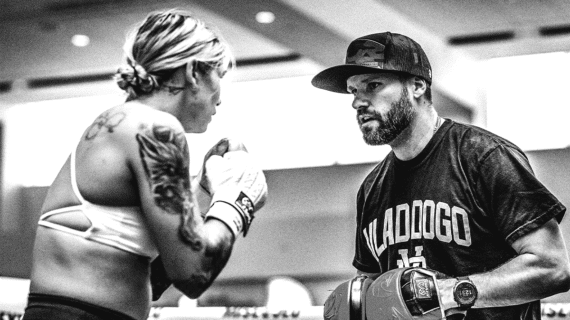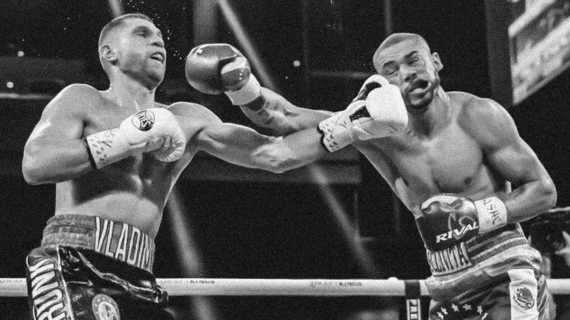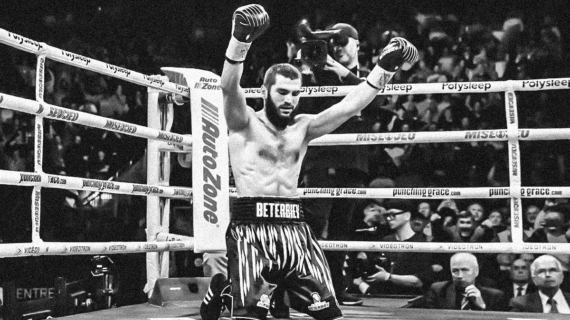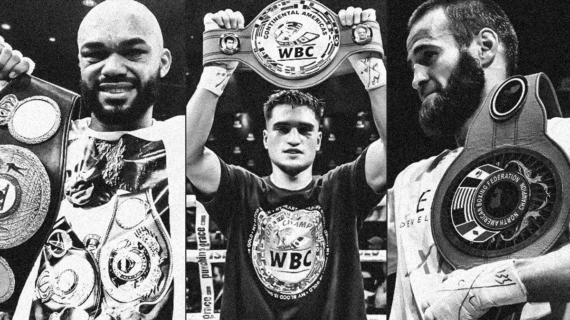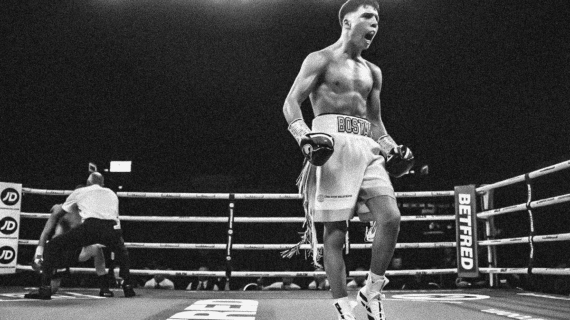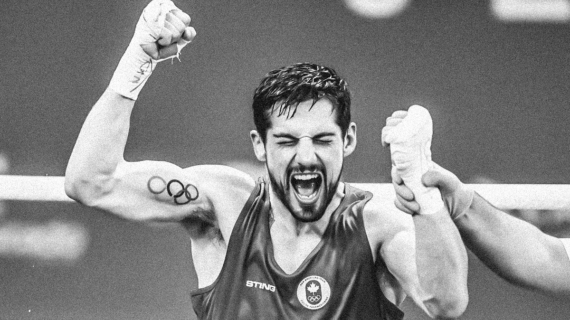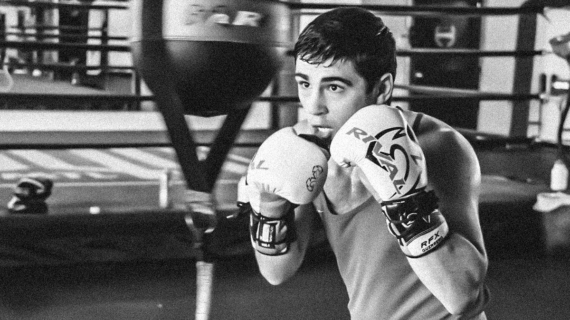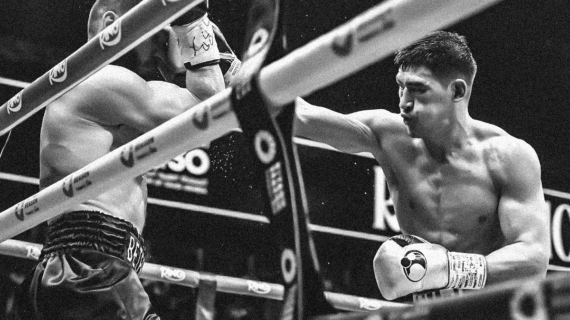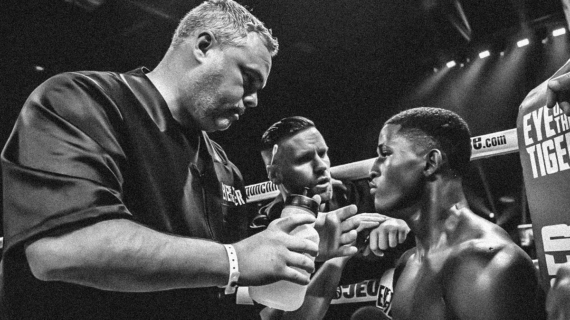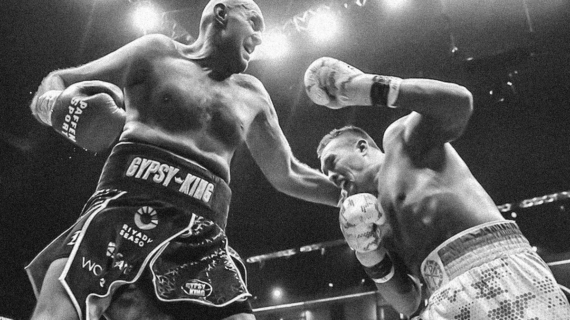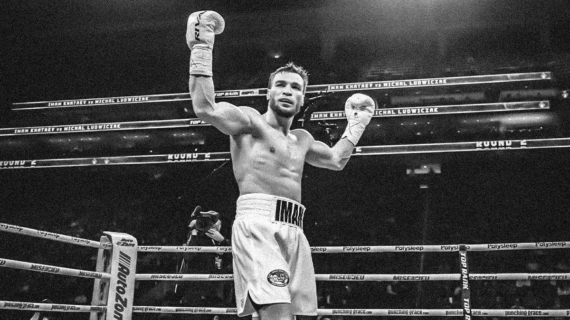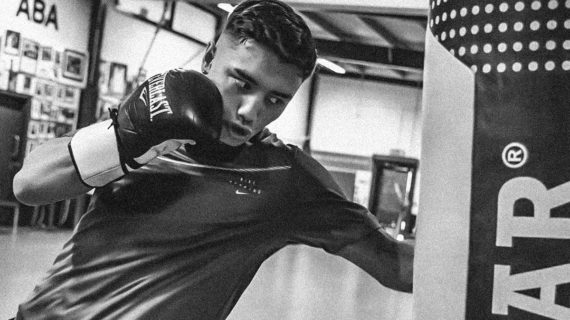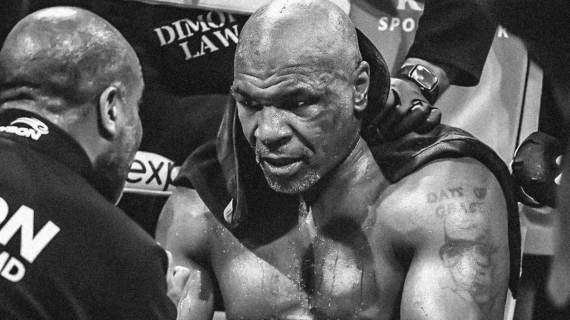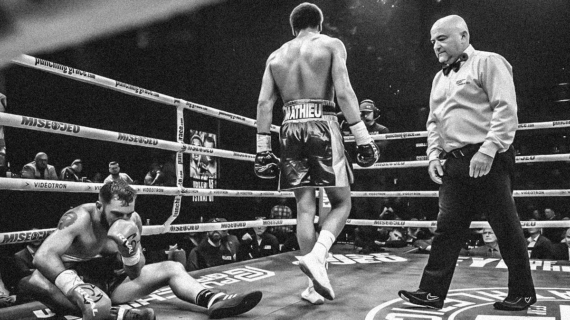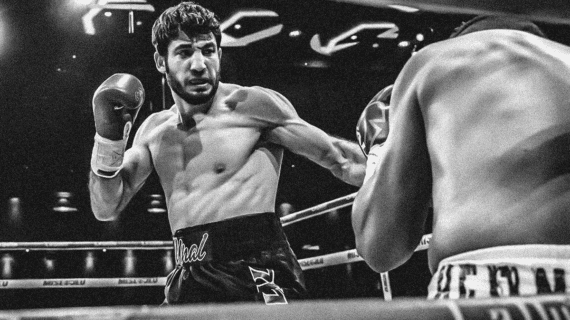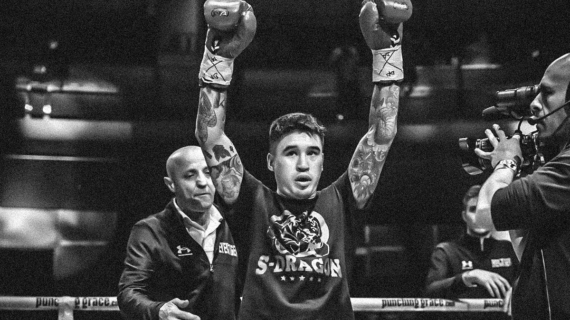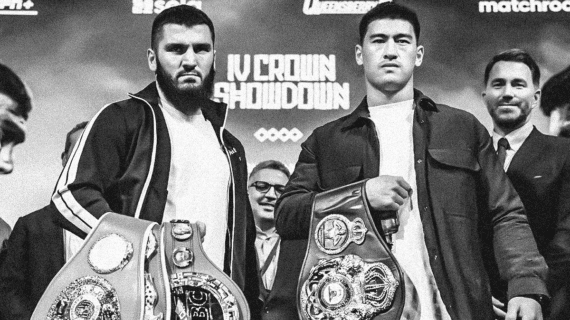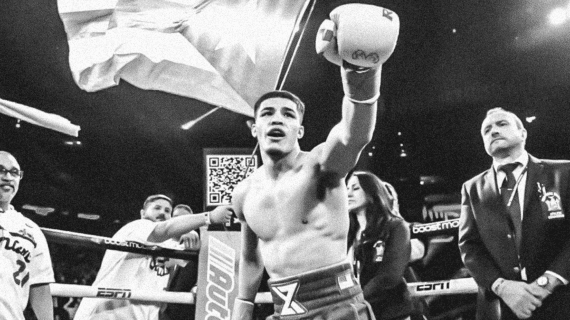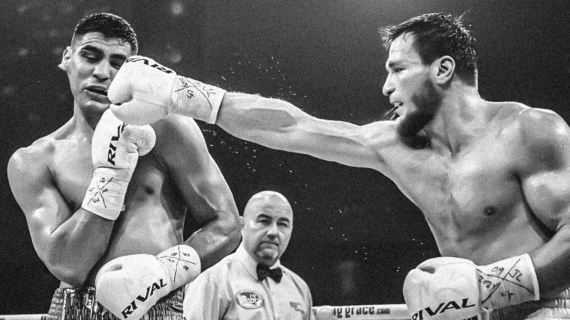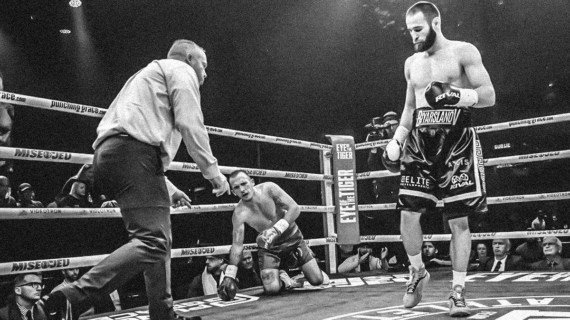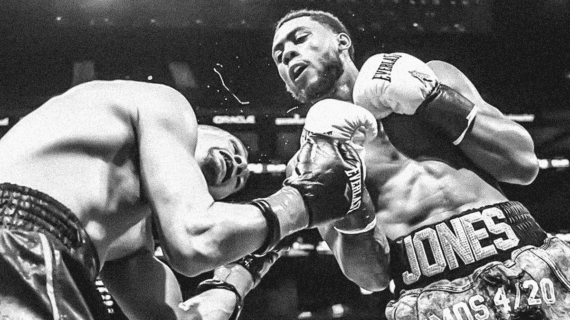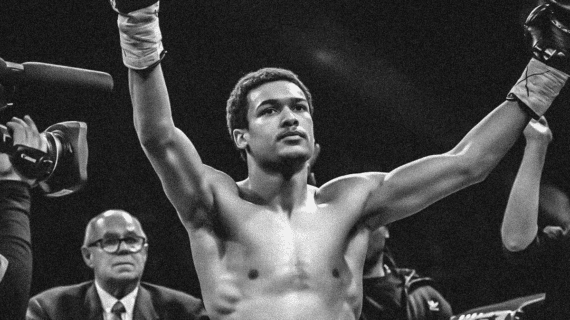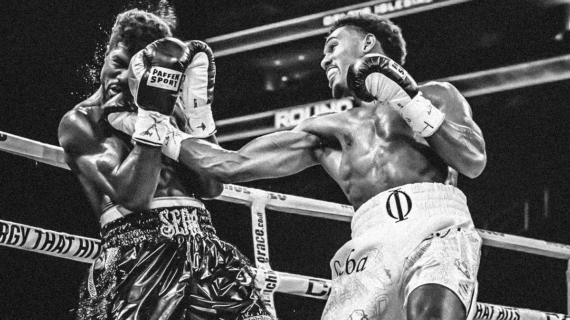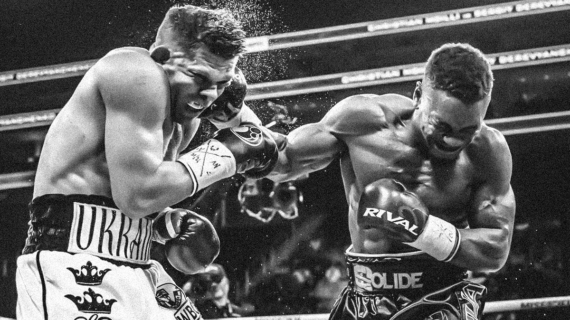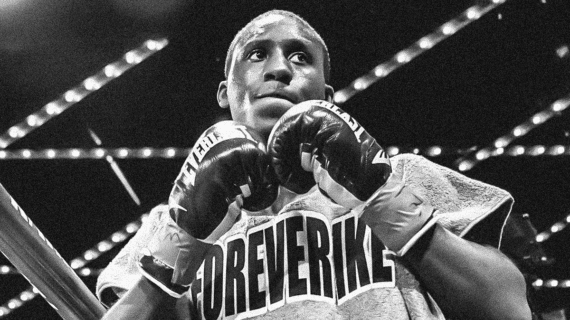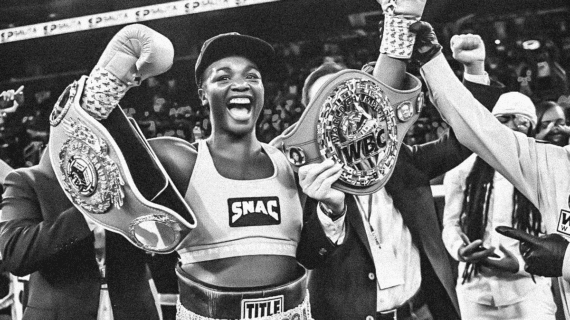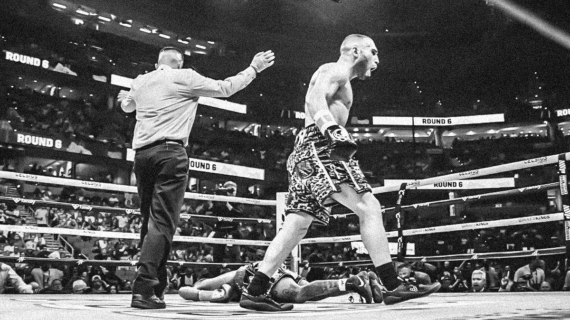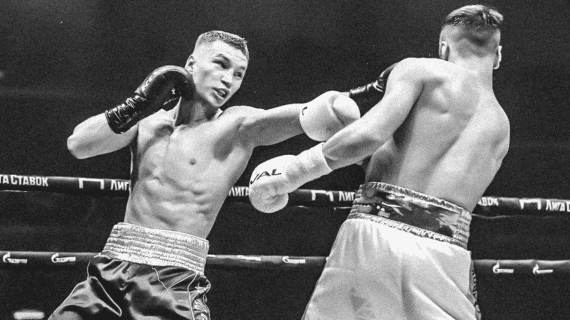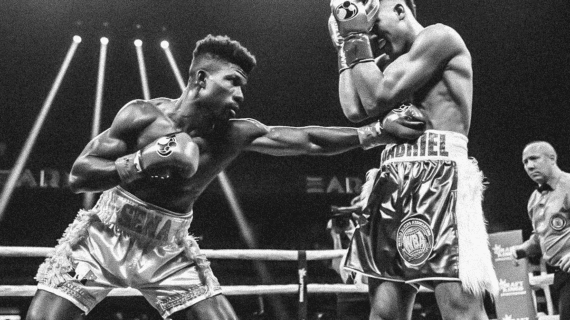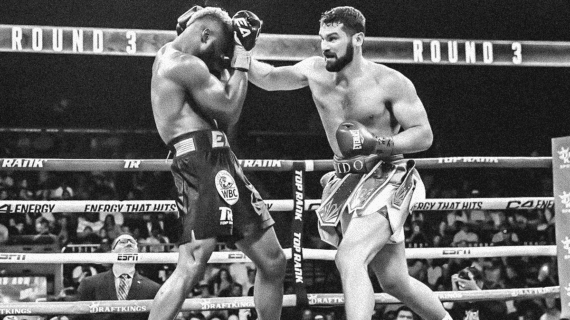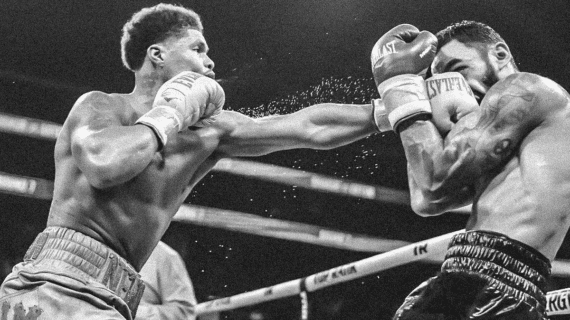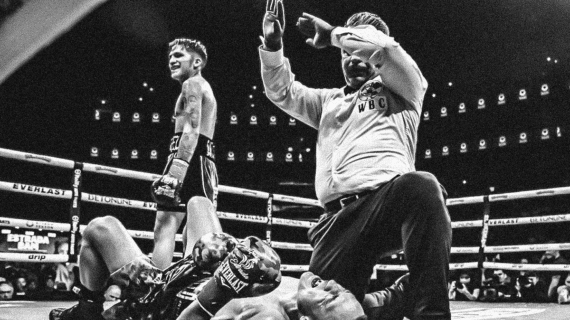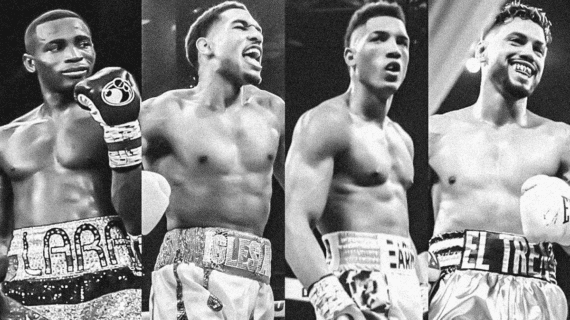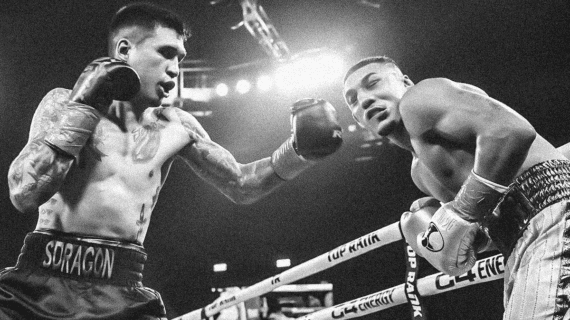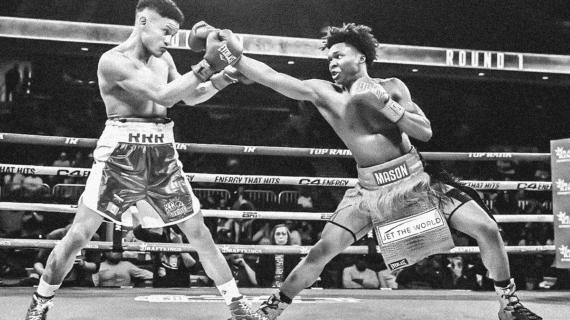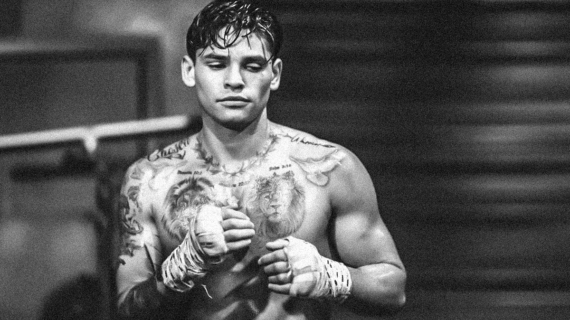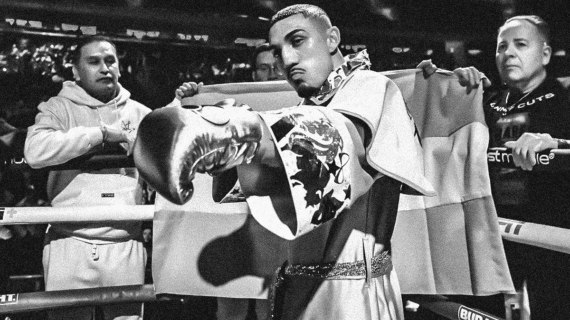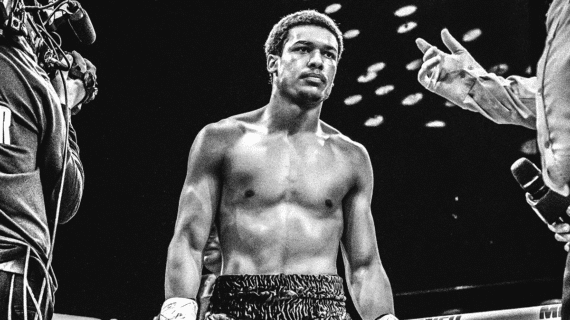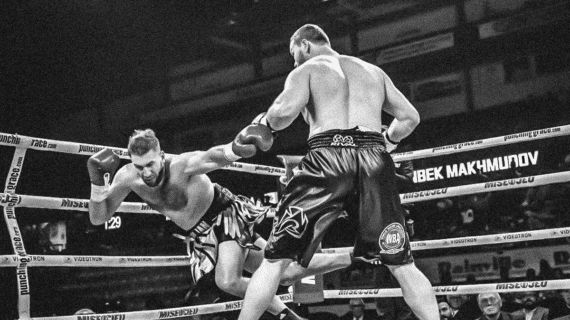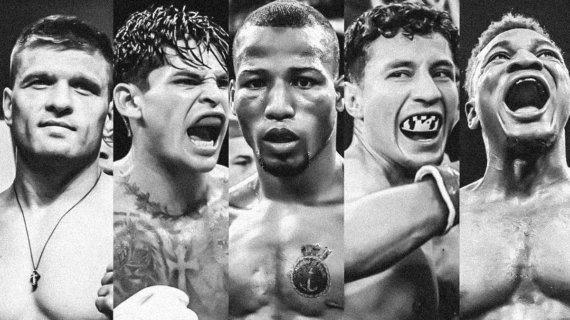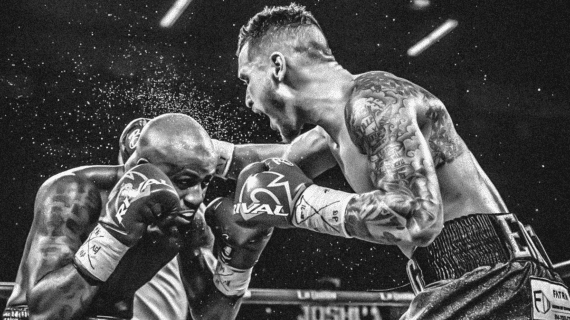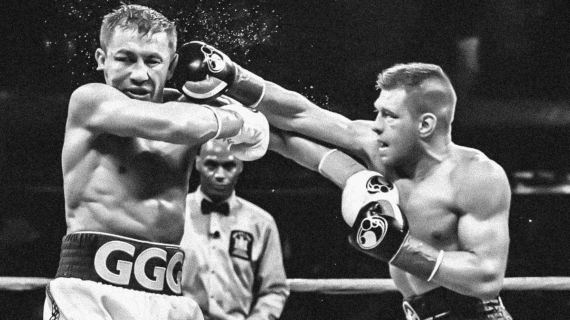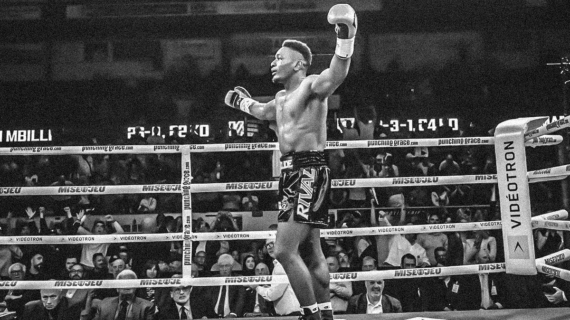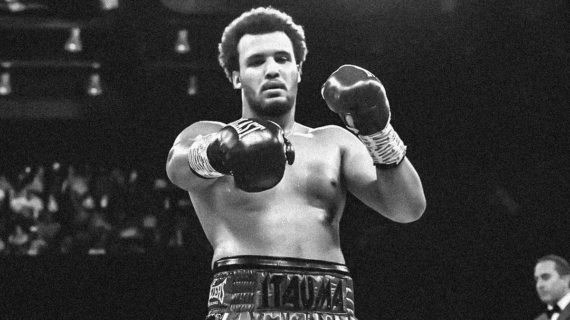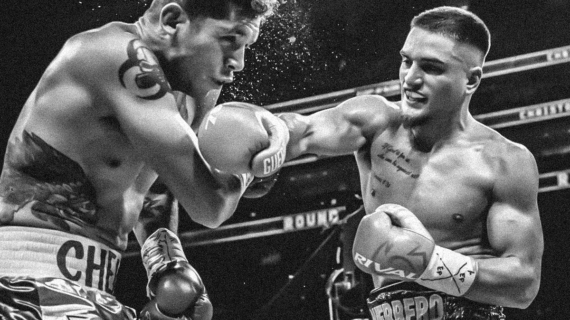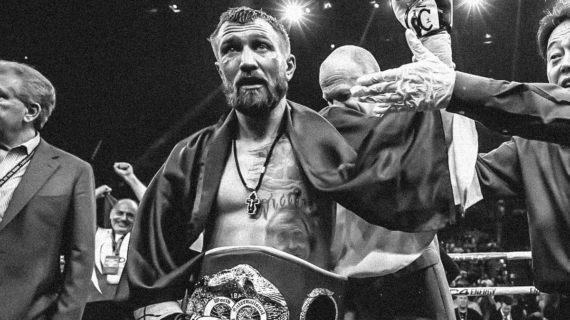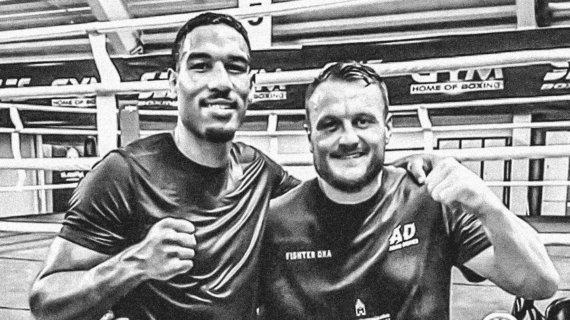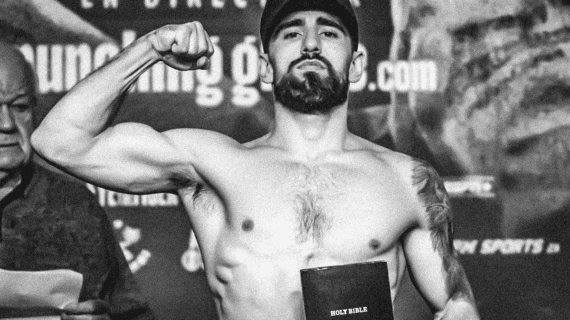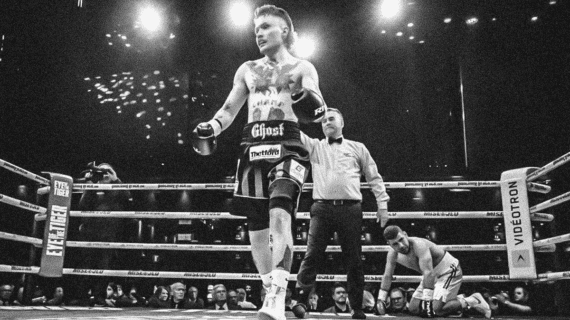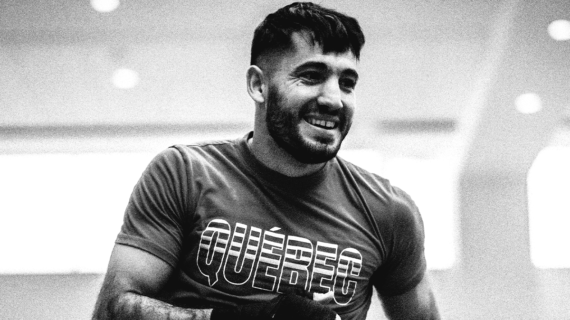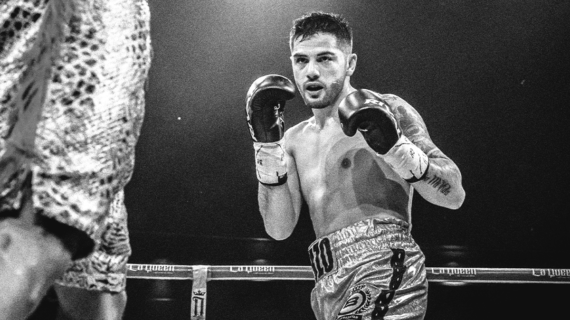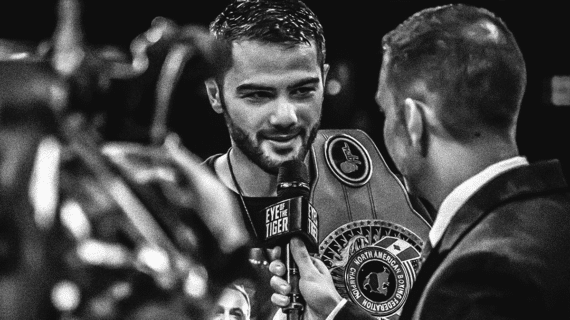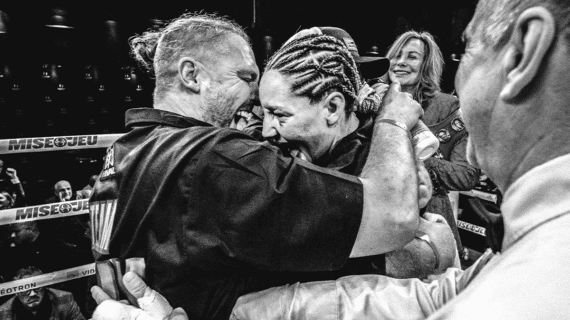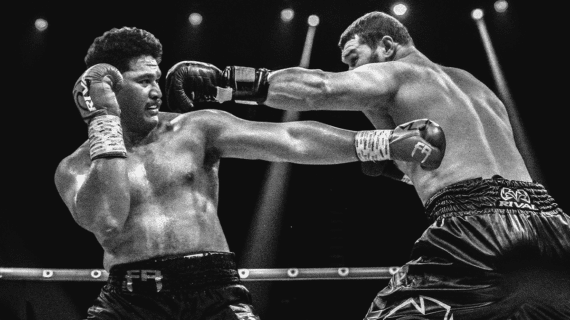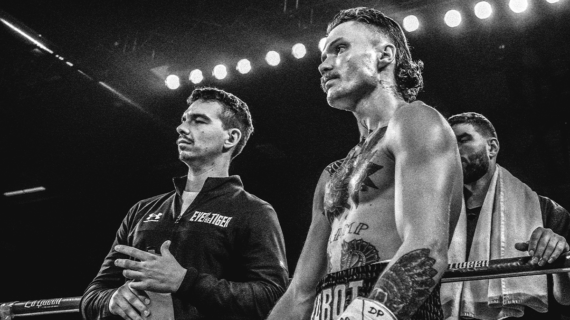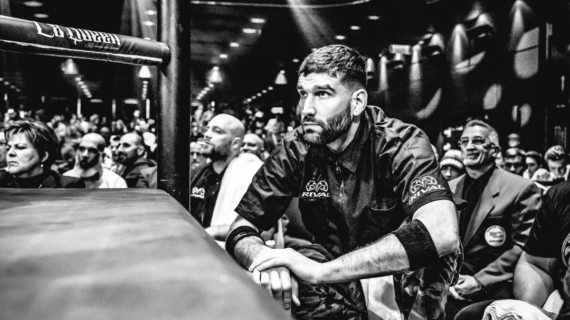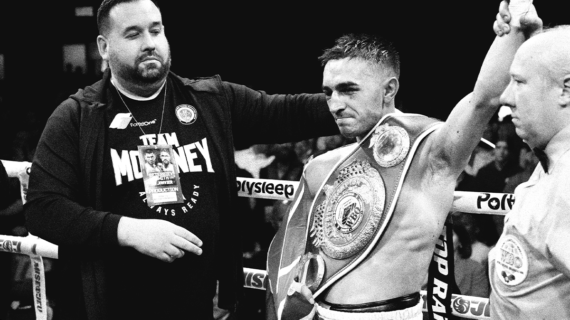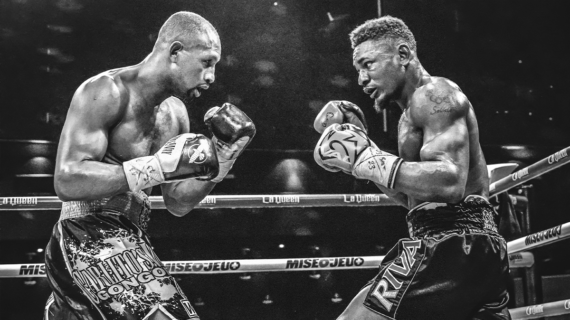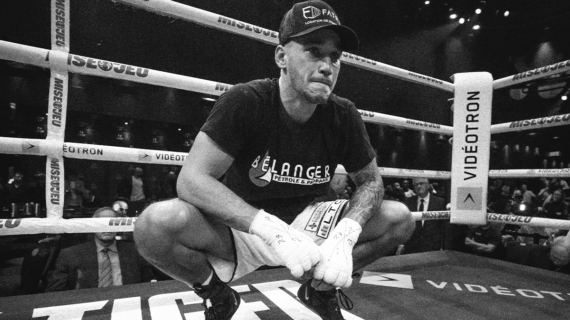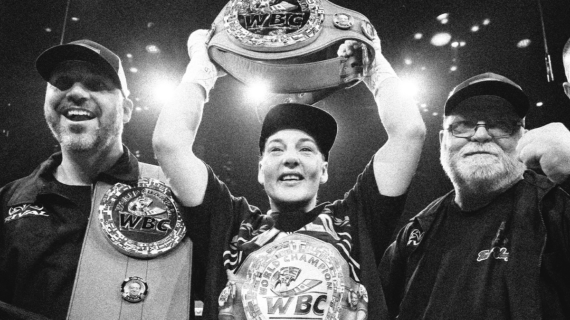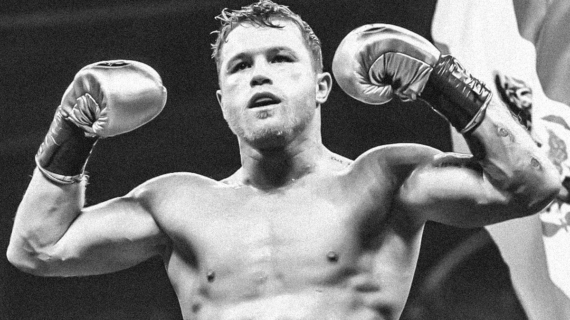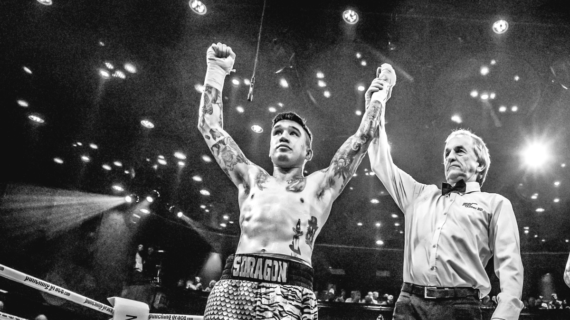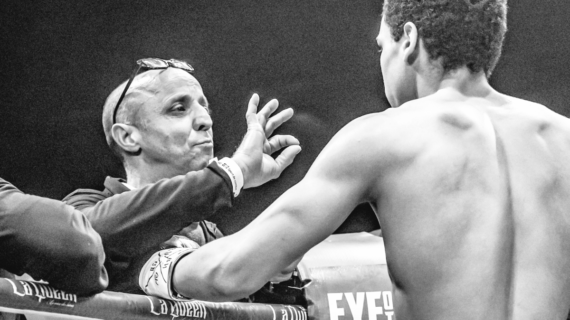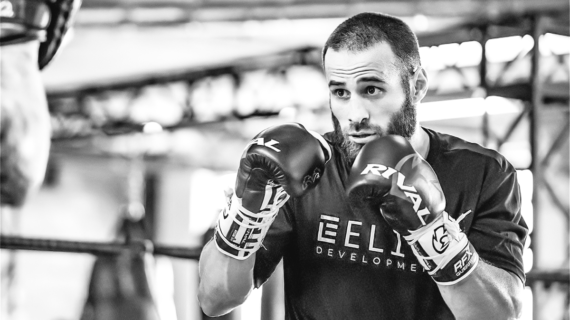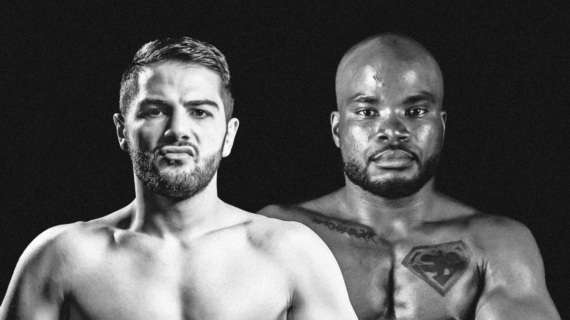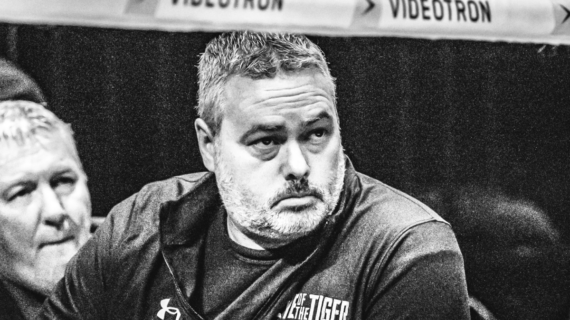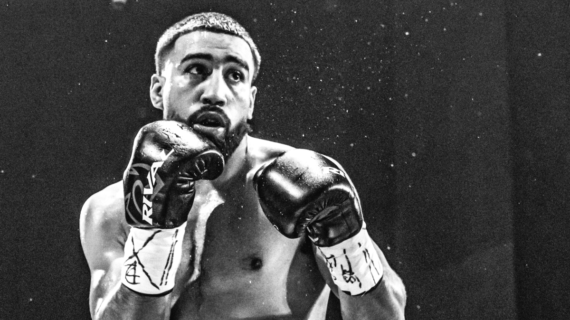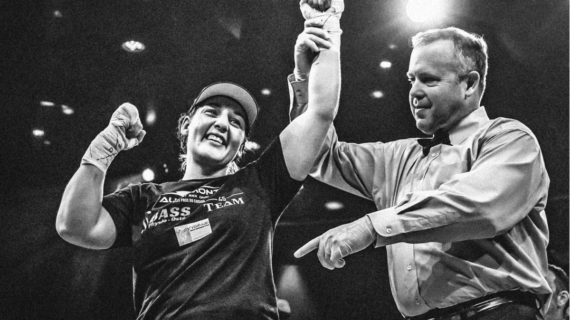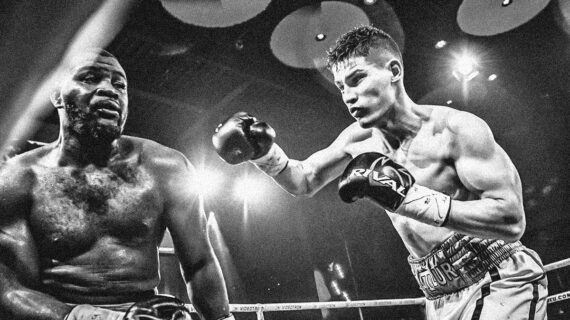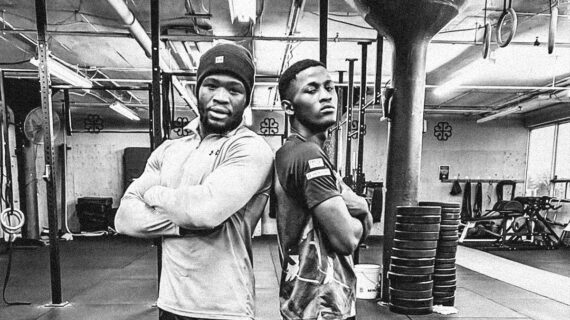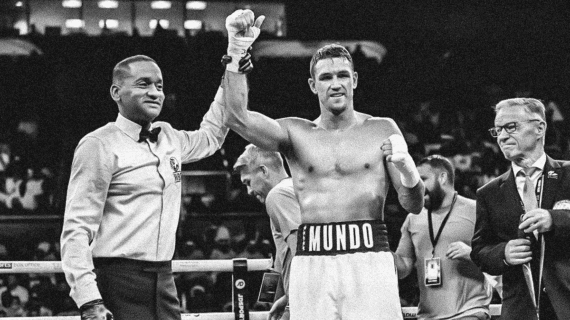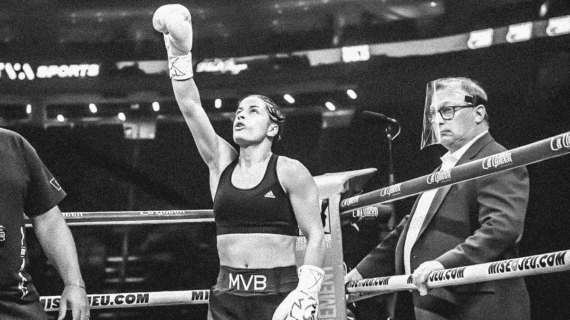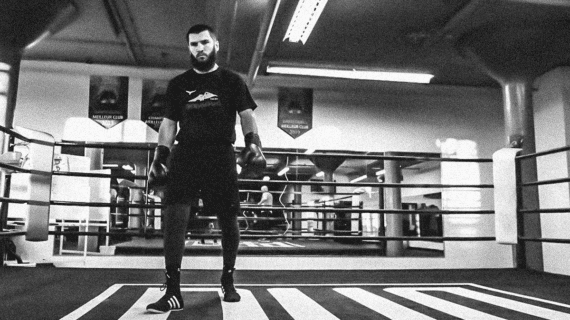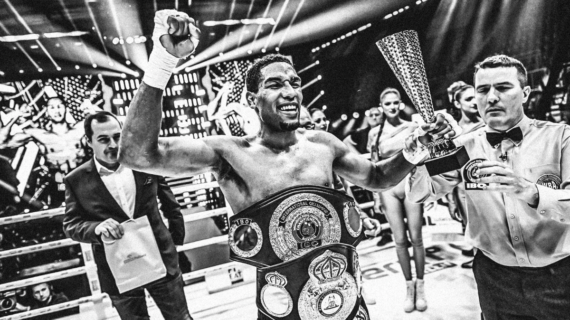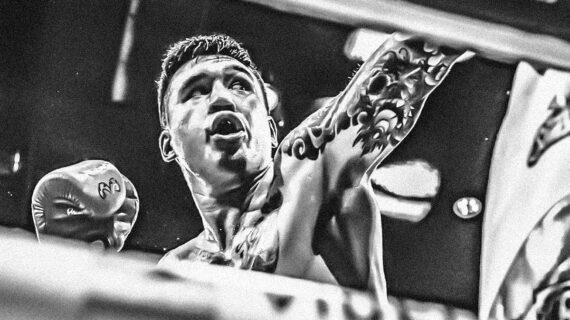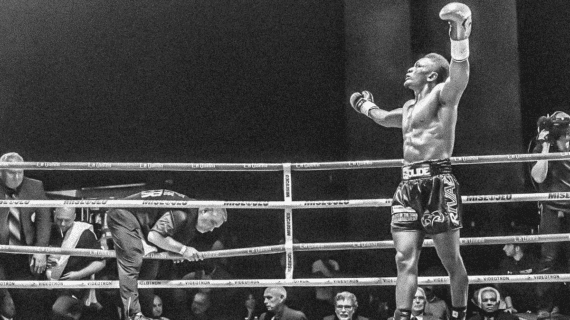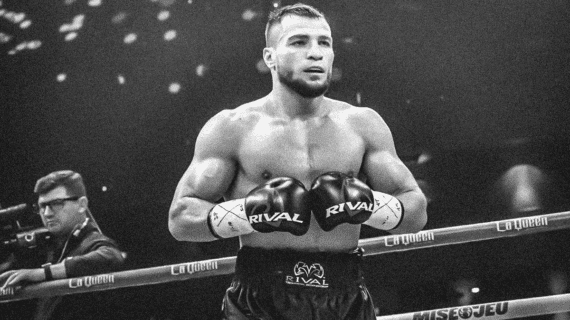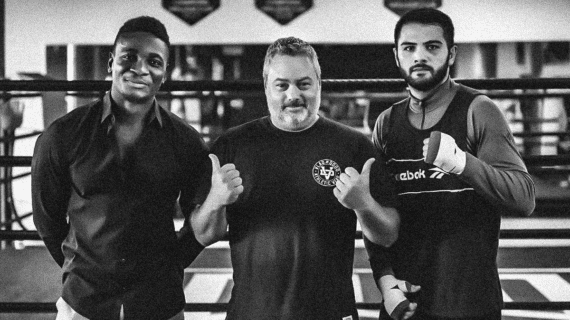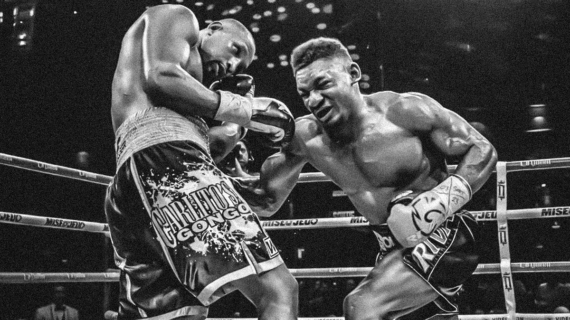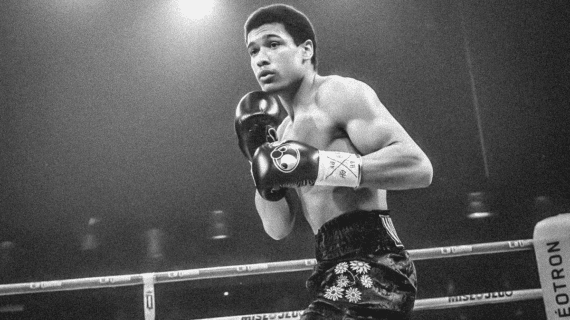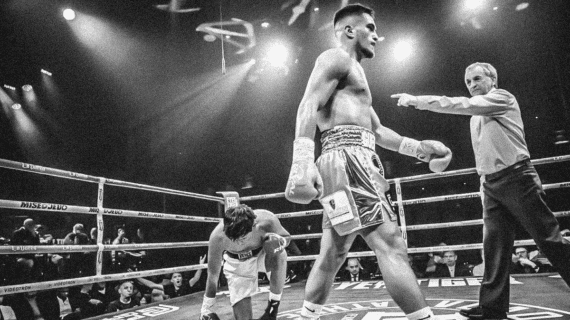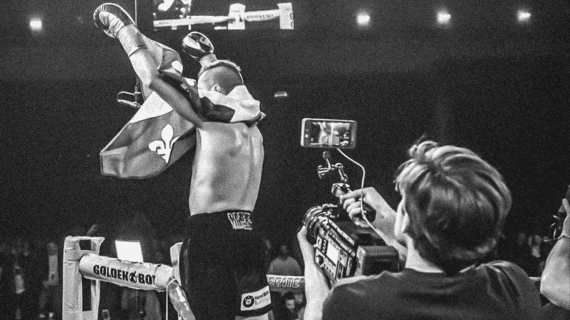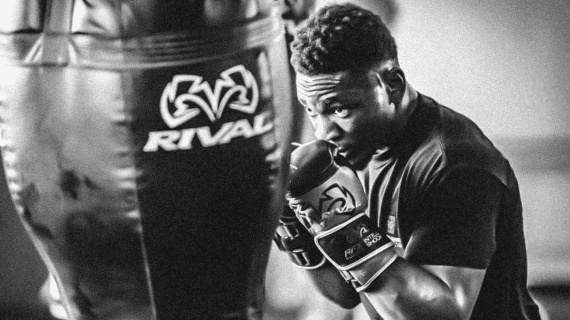Given his performance against Canelo Alvarez on September 13, Terence Crawford might well be recognized as the most complete boxer across all weight divisions.
In fact, Canelo’s post-fight comments pointed in that direction: ” I couldn’t figure out his style… Everything was a problem. He has it all.”
Crawford has an enormous toolbox. However, two performance factors seem to stand out from all the others. First, there’s the fact that Crawford is a perfect switch-hitter, but also that he possesses an extraordinary sense of timing.
I plan to save the ambidextrous element for a future article. Today, I’ll focus on what timing really is. Crawford gives me the opportunity to analyze this skill in more detail than I’ve done up to now.
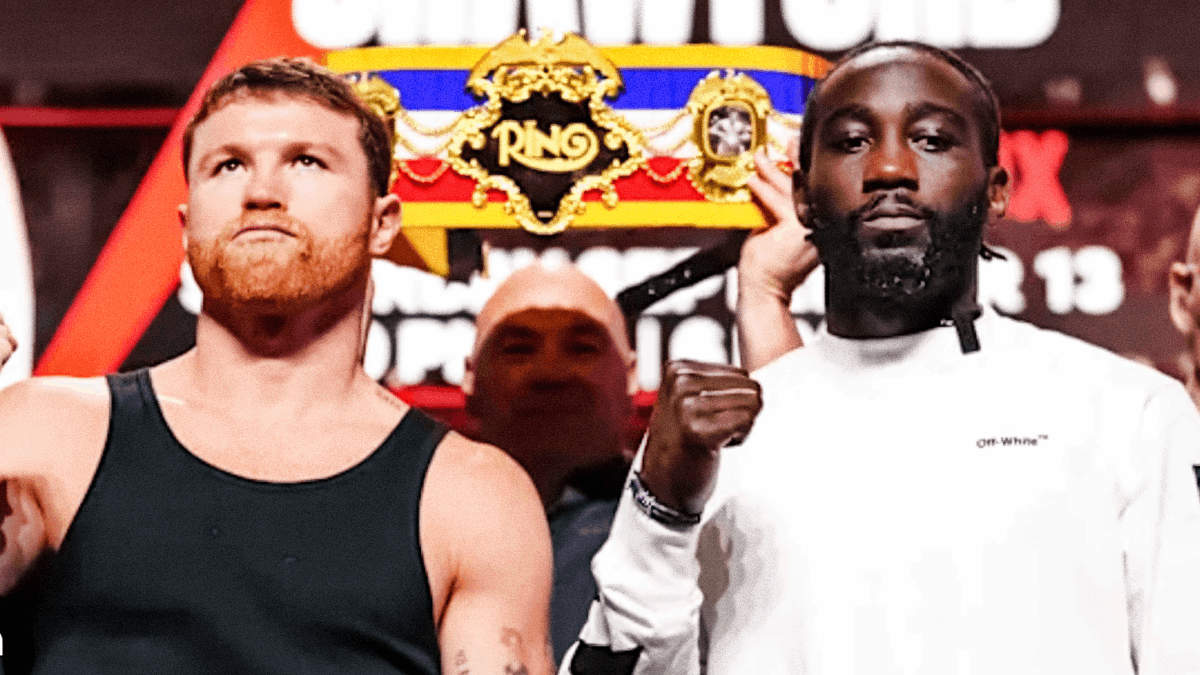
Photo: Yahoo Sports – Terence Crawford vs Canelo Alvarez
At the very end, I’ll suggest a way to improve timing. Contrary to what many coaches believe, I’m convinced this skill can be significantly improved through training. But to do so, we first need to avoid limiting the meaning of the word.
DO NOT CONFUSE TIMING WITH COUNTERPUNCHING
In a fight, a boxer may execute counterpunches with impeccable technique and still not get the expected results. On the other hand, an opponent who is technically less skilled might counter more successfully thanks to better timing.
The confusion between timing and counterpunching probably comes from the fact that these two performance factors often occur at the same time. But when it comes to Terence Crawford, it’s clear that his timing goes well beyond counterpunching. In fact, this skill emerges in most of the maneuvers he uses in the ring.
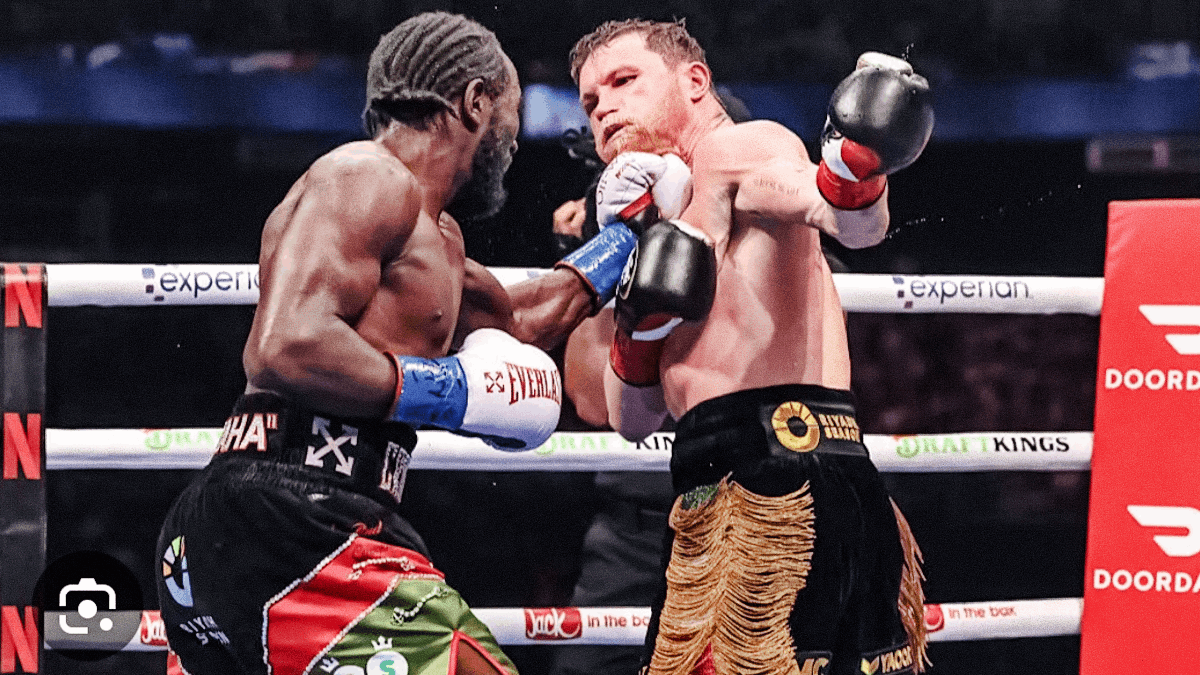
Photo: The Ring Magazine – Terence Crawford vs Canelo Alvarez
As opposed to counterpunching, which is part of a variety of technical moves, timing refers instead to the most appropriate moment to execute each of these maneuvers. In the latter case, it’s more a matter of anticipation than of technique.
But here, the word “anticipation” should not be interpreted as guessing what the opponent will do. Far from it, timing assumes that the boxer detects and uses different cues that lead him to act and react at the precise moment when the opponent is most vulnerable.
Defensively, for example, timing consists of taking into account the trajectory and rhythm the opponent uses when throwing punches. In Terence Crawford’s case, his reading of the opponent systematically precedes the moments when he defends, counters, or initiates an attack. In some situations, it even happens simultaneously.

Photo: MARCA – Terence Crawford vs Canelo Alvarez
Timing is mainly developed during sparring. This skill is not easy to teach. Nevertheless, like motor skills, timing can be effectively improved by following a certain progression. I therefore suggest that novice boxers begin learning it by executing the simplest and safest defensive technique.
BLOCKING WHILE ROLLING WITH THE OPPONENT’S PUNCHES
To better understand the concept of timing, let’s start with the example of a young basketball player whose goal is to catch a ball in mid-air. To be effective, this young player must anticipate the right moment to jump. He must jump neither too early nor too late.
To get a little closer to the skill of blocking and rolling with a punch, there’s the analogy of the young baseball player learning to catch the ball. He must adjust to its trajectory, often by slightly pulling his hand back to help absorb the impact.
The young baseball player thus learns to develop his timing in order to optimize control of the ball, regardless of its speed or trajectory. But for greater effectiveness in terms of teaching, this learning should be gradual.
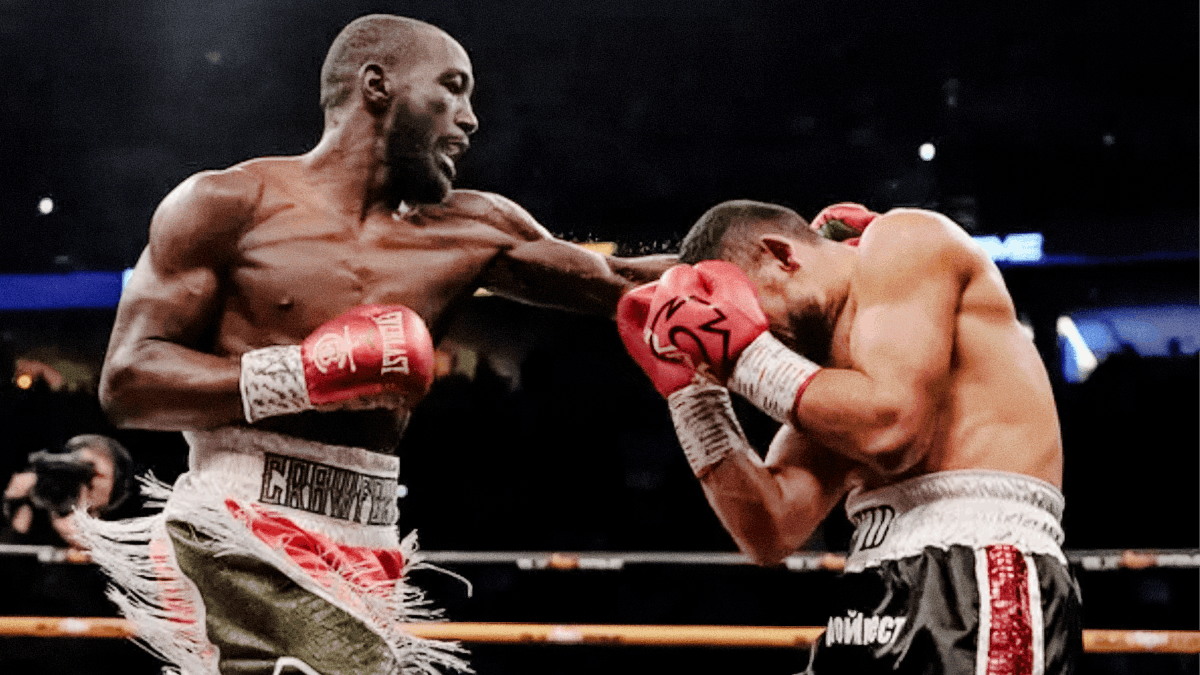
Photo: The New York Times – Terence Crawford vs David Avanesyan
It’s the same with blocking in boxing. The novice will usually begin by forming a kind of shield with his arms. Then the coach will recommend, as a second step, shifting body weight to execute a backward movement relative to the opponent’s punch.
At the beginning of defensive training, the boxer should avoid shifting body weight toward a punch coming from the opposite direction. Let’s avoid head-on collisions! They’re responsible for so many KOs among beginners.
The backward movement of the body and guard relative to the opponent’s punch must be executed neither too early nor too late. In fact, this movement should accompany the opponent’s punch (roll with the punch).
Timing here refers to a kind of synchronization involving waiting for the appropriate moment to roll with the punch—at the exact moment the opponent launches it, neither before nor after.
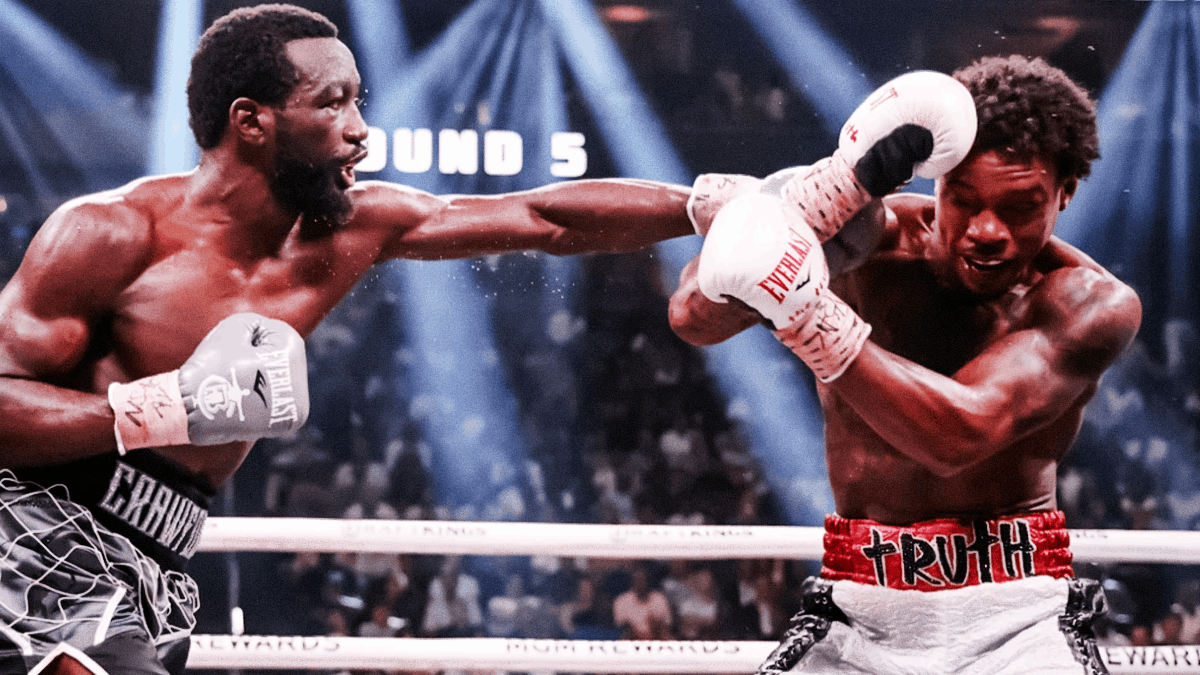
Photo: The Guardian – Terence Crawford vs Errol Spence
DO NOT TRY TO IMITATE TERENCE CRAWFORD TOO EARLY
Timing is often what characterizes the elite. Good timing gives a boxer the opportunity to strike directly between two of the opponent’s punches. Such a maneuver is highly effective, especially if the boxer manages in the same sequence to deflect or dodge the opponent’s shots. But this is the domain of experienced boxers.
This is where the principle of progression takes on its full meaning. For a boxer, blocking while rolling with the opponent’s punches turns out to be the best way to get started with timing. Since the guard remains high throughout the maneuver, a novice’s few errors while rolling won’t have serious consequences. It’s the safest defensive technique.
In addition, this learning method allows young boxers not only to experience timing, but also eventually to move easily on to increasingly complex maneuvers. In other words, once the skill of rolling with punches is automated, it can be extended to other combat situations (ex: rolling with the shoulder, with the elbows, or rolling to better absorb or dodge head shots).
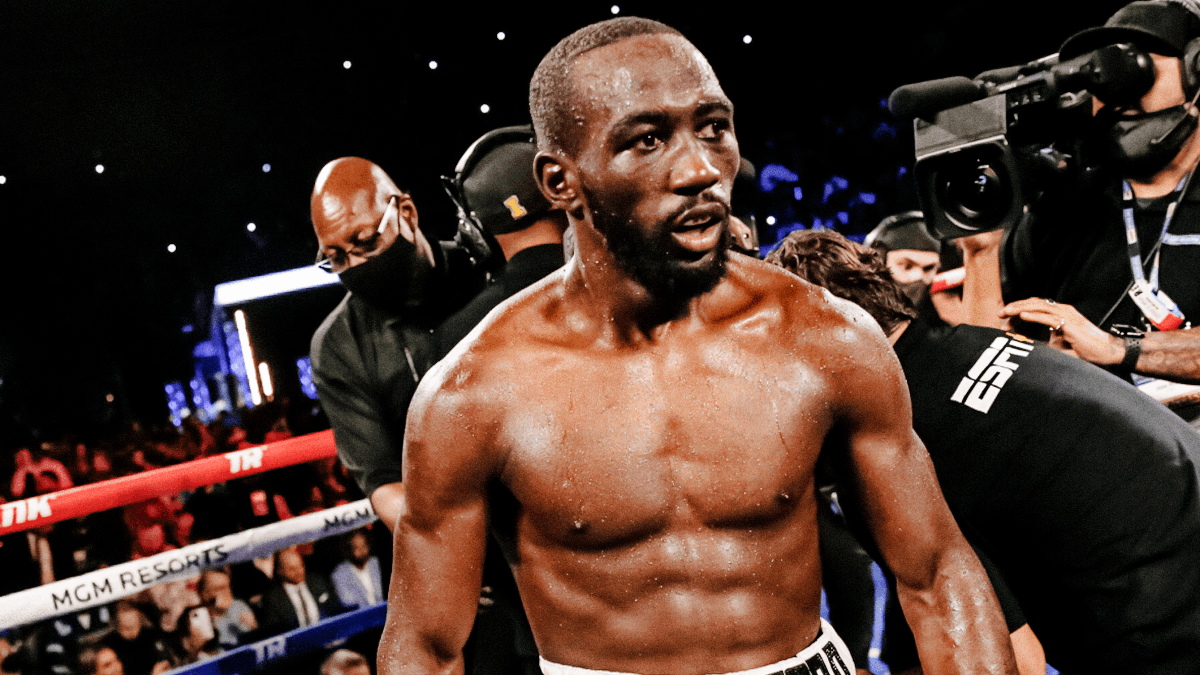
Photo: The New York Times – Terence Crawford
In conclusion, I understand those young novices who want to imitate elite boxers like Terence Crawford. This is certainly a worthy goal.
But to achieve such a goal, it is unfortunately not enough to simply copy Crawford without regard for the path he had to take to fully master his craft. We must never forget that a sustained progression was necessarily part of his journey.
